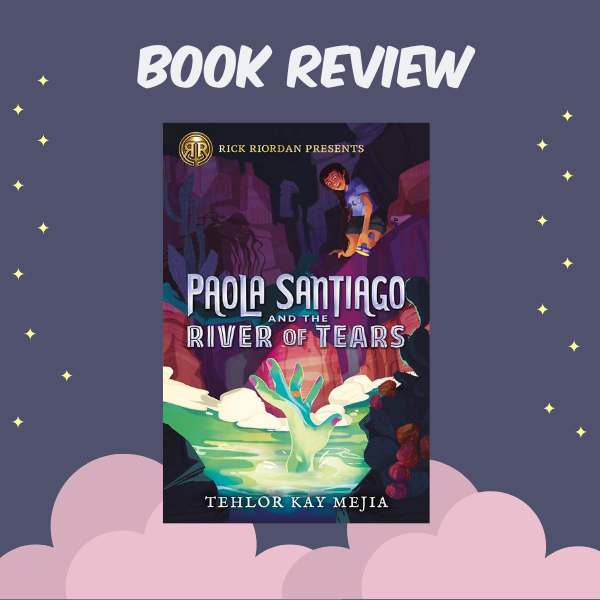The story of La Llorona has been told and re-told for years, and there are many variations on some details, but what never changes is the bone-chilling fact that, according to Mexican legend, a woman drowned her own children in a depression-induced rage. She is rumored to roam at night, searching and wailing for her offspring. It is this detail that haunts the memories of most children who hear it early on in life. I’ll never forget being told the story for the first time, at ten years old by my parents, no less, and being way too unsettled to sleep well that night. In Paola Santiago and the River of Tears, Tehlor Kay Mejia spins a middle grade retelling of the Latinx legend that is both fun and accessible for readers of any age.
Set in Arizona during the summer before seventh grade, Paola and her two best friends are just starting out their vacation with hopes of spending as much time as they can together. The town is a little on-edge because of a drowning that occurred the previous year, and the fact that children are going missing. Paola’s ever-protective and superstitious mother warns her not to go near the river they live close to because of La Llorona. Things take a turn early on when one of Pao’s friends goes missing under odd circumstances, and she is forced to face her greatest fears in order to help save them and set things right.
Over the course of the book, science-obsessed Paola comes to terms with her own limits. Unable and unwilling to subscribe to any belief that is not grounded in logic, she spends a good deal of the book at odds with her mother, who is very superstitious. The most impactful element of the story is this rift between Paola and her mother. Paola believes in practicality and science, and her mother’s beliefs are more grounded in the non-physical world. This disconnect between daughter and mother is something touched upon throughout the story, and contributes to the growth we see in Pao.
Part fantasy, part adventure, and part coming-of-age, the story is filled with magic and impossibilities that take root in each chapter. Various Latinx legends are touched on (a Chupacabra puppy!), and friendship is a major element of the story. The representation of Latinx culture was relatable and fun to read about. I also appreciate how the story touches on emerging romantic emotions that can take place at Pao’s age. Young readers need healthy examples in what they read, and this book handles the topic really well. While the pacing lagged for me in some places, my investment as a reader in the characters’ fates and the underlying mystery kept me flipping pages to the ending that gives way to the promise of a second book, set to release in summer 2021.

